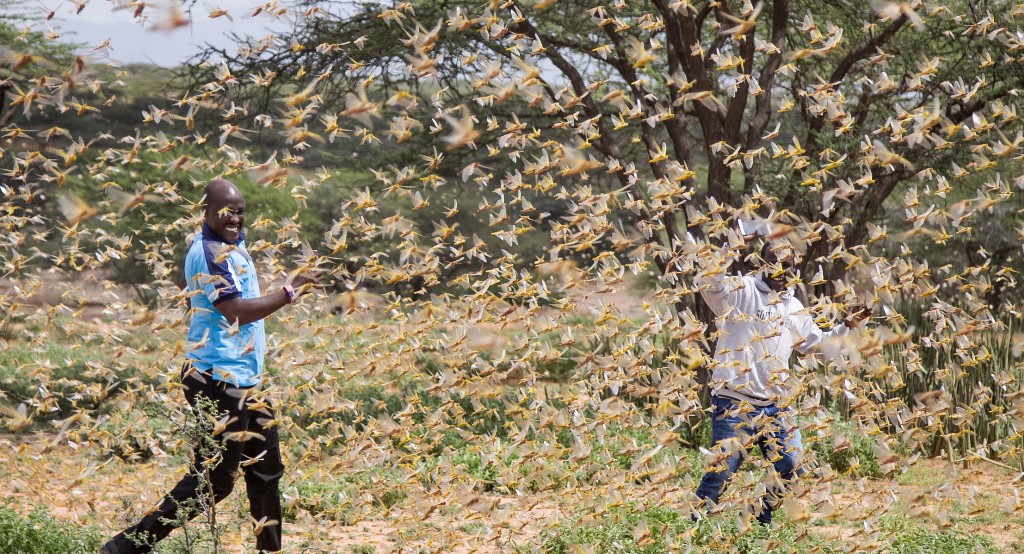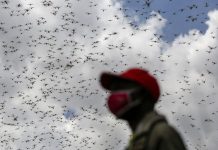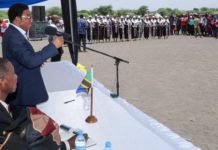THE government is seeking the intervention of development partners (DPs) in dealing with swarms of locusts which have wreaked havoc in neighbouring Kenya.
Deputy Minister for Agriculture, Mr Hussein Bashe, made the call at the ongoing 6th Annual Agricultural Policy conference (AAPC) which runs under the theme “Public and Private Sector Investment for Agricultural Transformation in Tanzania”.
According to him, two planes have been hired for spraying pesticides to control any outbreak across the border. “As a country it is important to take precautions as our neighbours have suffered from the problem.
“We don’t want to take any chances, and that’s the reason I have sought support from development partners to share their experiences with affected countries,” he added.
The deputy minister added that the experience will help the country to strengthen monitoring of the symptoms and early alert of the locusts for quick response.
He further observed that the government is currently conducting awareness to increase public knowledge to be able to deal with any attacks, which includes informing the responsible authorities.
Last week during the parliamentary sessions, the Minister for Agriculture, Mr Japhet Hasunga, said the government had enough stock of pesticides to tackle locust invasion should the pests that are currently wreaking havoc in neighbouring Kenya cross into the country.
He said already, a team of experts from his ministry were on standby to ensure the problem is tackled to prevent the people from shortage of food and incomes.
The minister said although the first priorities will be given to the bordering regions that might be at a high risk, supervision would cover other regions.
Mr Audax Rukonge of the Agricultural Non State Actor Forum (ANSAF) said the AAPC provides an opportunity to assess progress in implementation of policy reforms.
He elaborated that the conference will discuss the success, lessons learned and identify remaining gaps and emerging issues that require attention.
This year’s conference brought together 150 participants from the academia, research institutions, policy makers, advocacy groups and development practitioners from the country.







